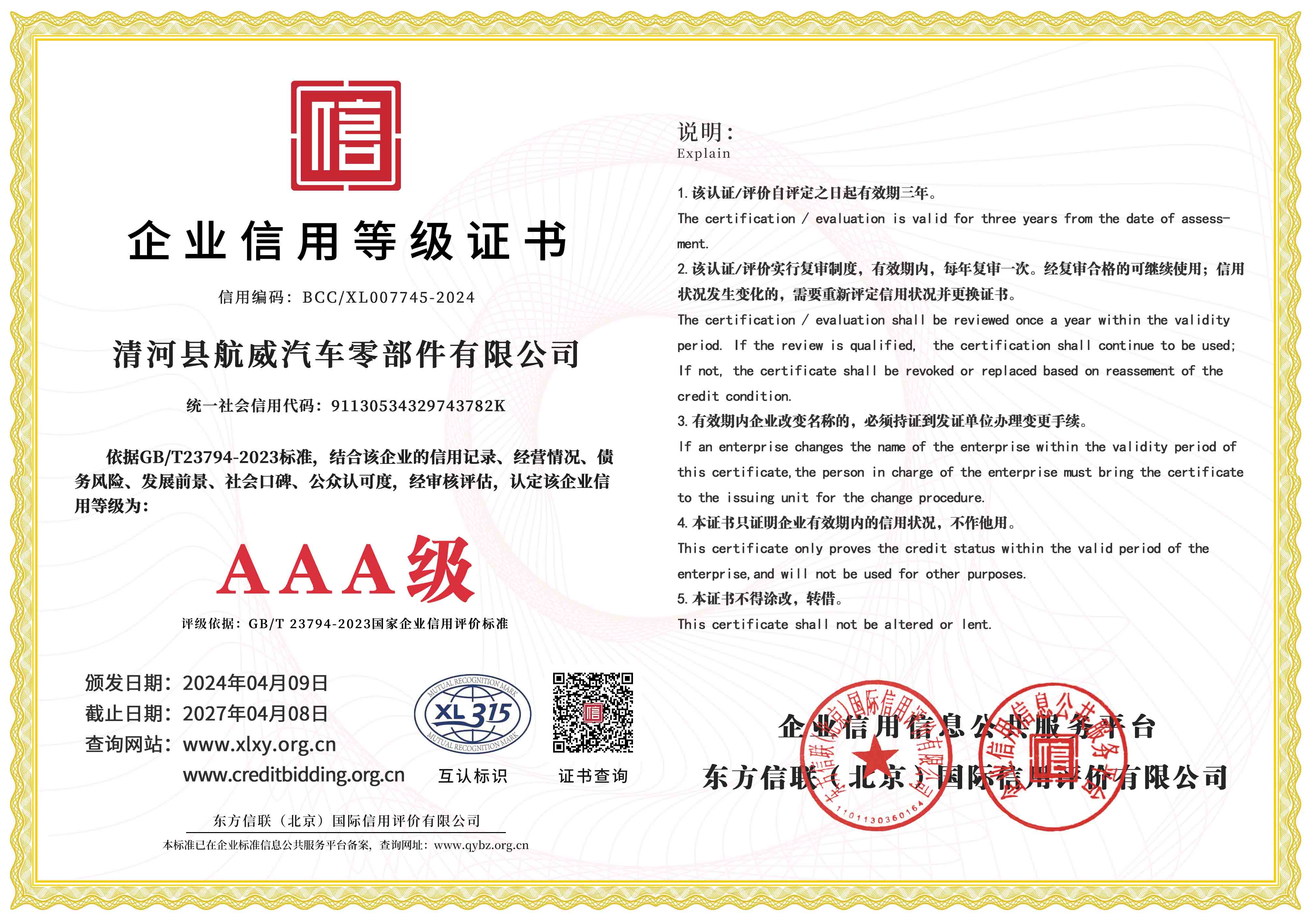Estimating Expenses Related to Accelerator Wire Production and Its Impact on Project Budgets
Understanding Accelerator Wire Costs Factors and Implications
In the world of particle physics and high-energy research, accelerator wires play a pivotal role in the functioning of particle accelerators. These wires, used for various purposes such as beam transport, magnet winding, and signal transmission, are critical components that contribute significantly to the overall performance and efficiency of accelerators. However, the costs associated with accelerator wires can vary widely, influenced by several key factors.
1. Material Composition
The cost of accelerator wires is primarily determined by the materials used to manufacture them. Typically, accelerator wires are made from materials like copper, aluminum, and superconducting materials like niobium-titanium or niobium-tin. Conventional materials such as copper are less expensive and easier to procure; however, superconducting materials, which are essential for high-efficiency energy transfer and reduced heat loss, tend to be significantly more costly. The demand for specialized materials, such as high-purity superconductors, also impacts the overall cost.
2. Production Technology
The manufacturing technology employed in producing accelerator wires plays a significant role in determining the final cost. Advanced production techniques, like drawing processes for thin wires or specialized coating methods, may incur higher initial costs due to the investment in technology and equipment. Furthermore, the scale of production can influence costs; bulk production might reduce the per-unit cost, while small-scale or custom orders may drive costs up due to the need for tailored solutions.
accelerator wire cost

Accelerator wires must meet stringent performance standards to ensure reliability and efficiency in high-energy environments. High-performance wires are often subjected to rigorous testing and certification processes, which can add to their cost. The need for wires that can withstand extreme temperatures and maintain optimal conductivity under significant electromagnetic fields results in additional expenses for research, testing, and quality assurance.
4. Market Demand
Market demand for accelerator wires can fluctuate, leading to variations in pricing. As more research facilities, universities, and laboratories invest in particle physics and related fields, the demand for accelerator wires is likely to increase. Additionally, developments in adjacent fields, such as medical physics and materials science, can create further demand for specialized wires. Prices may escalate during periods of high demand or when supply chain disruptions occur, emphasizing the need for manufacturers to adapt and manage their production strategies accordingly.
5. Geopolitical Factors
The global nature of the wire supply chain means that geopolitical factors can also influence costs. Trade policies, tariffs, and export restrictions can affect material availability and prices. For instance, if a particular material required for constructing accelerator wires becomes restricted due to political reasons, manufacturers may face increased costs and delays in sourcing the necessary components.
Conclusion
In conclusion, the cost of accelerator wires is influenced by a variety of factors, including material composition, production technology, performance standards, market demand, and geopolitical considerations. Understanding these elements can provide insights into the broader economic implications for research facilities and projects reliant on particle accelerators. As the demand for advanced and efficient particle physics research continues to grow, so too will the challenges and opportunities associated with accelerator wire costs. Research institutions must remain agile in managing these costs to sustain their innovation and discovery efforts in a rapidly evolving scientific landscape.
-
Upgrade Your Control with Premium Throttle CablesNewsAug.08,2025
-
Stay in Control with Premium Hand Brake CablesNewsAug.08,2025
-
Experience Unmatched Performance with Our Clutch HosesNewsAug.08,2025
-
Ensure Safety and Reliability with Premium Handbrake CablesNewsAug.08,2025
-
Enhance Your Vehicle with High-Performance Clutch LinesNewsAug.08,2025
-
Elevate Your Ride with Premium Gear CablesNewsAug.08,2025
